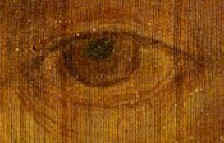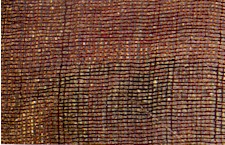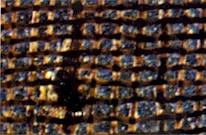The
exhibit
The
appearance of Holy Face
Sister Blandina Paschalis Schlömer
|
 |
VITTORE:
IS IT A PAINTING? |
As I am an orthopaedic and a traumatologist by profession, and
university professor in Bari, some
years ago I wanted to make radiograms of the TAC to realize tridimensional
bony models, so I organized myself with a very sophisticated
apparatus which obtains images. It is a very high resolution
scanner, one of those used on the satellites to photograph the earth.
The responsible Father in the friary of Manoppello, through a common
friend, got to know my activity. As he wanted to examine closely the
Holy Face, he got in touch with me and asked my collaboration to
acquire some more detailed photographs to understand better what
this image really is. This request gratified me very much.
Immediately I went to Manoppello with my apparatus.
Which were the procedures and the techniques utilized to obtain all
the data? I used a little
digital scanner applying it behind a camera with bellows where
it acts as a film. It acquires the image as if it were a photograph
but turns into a digital photograph that can be “memorized”
together with a considerable quantity of data.
When the photograph is elaborated by computer, we can enlarge it
considerably without losing resolution. In this manner we could
analyse fibre by fibre or the whole image of the Holy Face. It is
different from a normal photograph because the quantity of the data
acquired is so considerable that we can elaborate the images
constantly, as needed. The photographic image, on the contrary, even
thou acquired and fixed, can’t give other information because
the resolution is standardized.
|
Observing the Holy Face, we can have the first sensation that
we are in front of a painting. A careful analysis and the study of
all the peculiarities perplexed me: the more we look at it, the more
we doubt it is a painting.
|
|

Detail of the right eye

enlargement

larger enlargement
|
In
fact, we can see this image in the same way if we are in front of it
or behind it and I do not know a painting giving the same
image before and behind, especially if we put the source of light
only in one side.
The thinness of the Veil gives it an extraordinary transparence and
also shows the same tonality of the colour.
My studies were searching: after I had photographed it in its place,
I could observe the image obtained with the monitor that permits an
extraordinary transparence without putting out of the focus
the images and I observed that in the space between the thread of
the warp and the thread of the weft may not be found residuals of
colours.
The Relic of Manoppello is not an oil-painting because there is no
deposit of colours among the threads; it is not a water-colour
painting because the outlines of the eyes and of the mouth are
so clean while the water-colour would have soaked the threads in a
not definite way with blurs and smudges in every particular; it is
not a print because the image is perfectly visible before an
behind and this work dates back at least 1500 when the utilized
techniques were not so sophisticated.
I think to go on with a photographic method amplifying more and more
this image also by using my computer, trying to enter into the
intimate structure of the fibre to verify if it has inside sediments
of colours or it is a clear fibre which assumed a colour and I do
not know why. Everything is wrapped in a fascinating mystery.
|
|